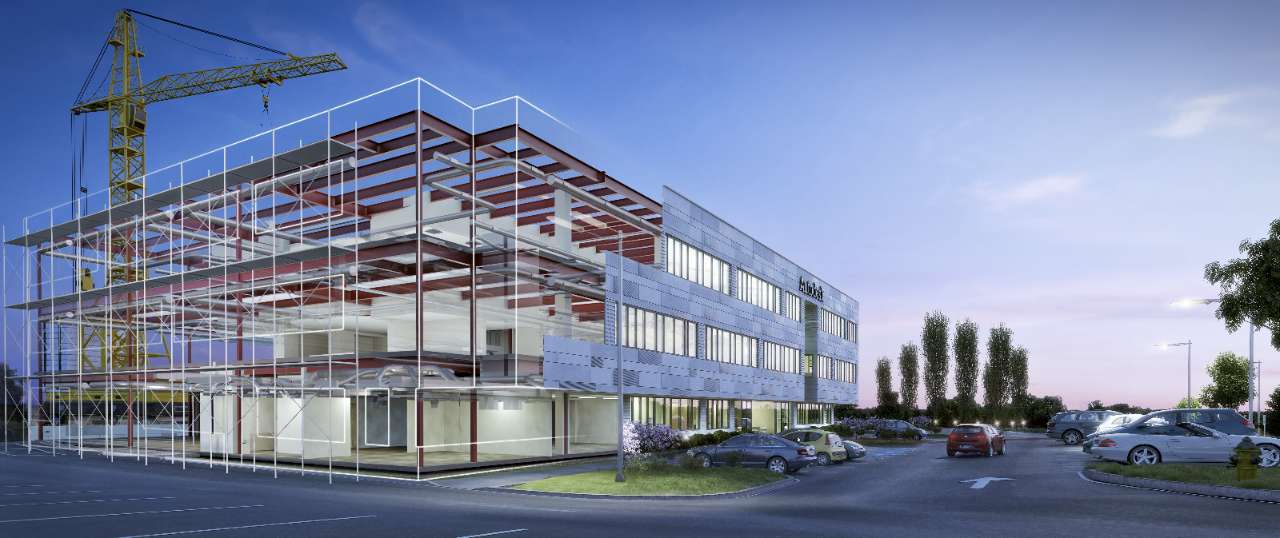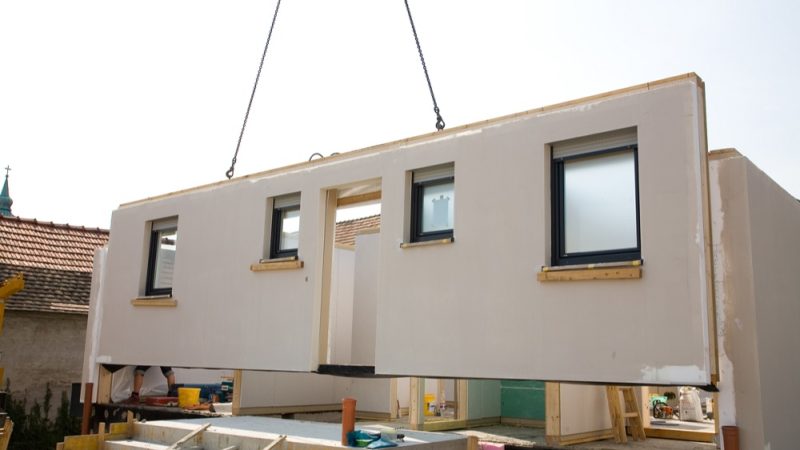The construction industry is undergoing a transformative phase, embracing innovative methods that redefine how we build and shape our world. In this exploration, we delve into the groundbreaking construction methods that are propelling the industry into a future marked by efficiency, sustainability, and unprecedented possibilities.
3D Printing in Construction: A New Dimension of Building
Additive Manufacturing in Construction: 3D printing, or additive manufacturing, is making waves in construction. Large-scale printers are capable of creating entire buildings layer by layer, revolutionizing the speed and cost-effectiveness of construction projects.
Complex Geometries and Customization: One of the key advantages of 3D printing is its ability to produce complex and customized structures. Architects and builders can push the boundaries of design, creating shapes and forms that were once impractical or prohibitively expensive.
Modular Construction: Building in Blocks
Offsite Prefabrication: Modular construction involves creating building components offsite in controlled factory conditions. These prefabricated modules are then transported to the construction site for assembly. This method reduces construction time and minimizes waste.
Versatility and Scalability: Modular construction is highly versatile, suitable for various building types, from residential homes to commercial complexes. Its scalability allows for efficient construction of both small and large-scale projects.

Self-Healing Concrete: The Material of the Future
Bacterial Concrete Repair: Self-healing concrete incorporates bacteria within the concrete mixture. When cracks form, these bacteria become activated, producing calcite to fill the cracks and restore the concrete’s integrity. This innovative technique enhances the durability and longevity of structures.
Reducing Maintenance Costs: The self-healing properties of this concrete reduce the need for frequent maintenance and repairs. This not only saves costs but also contributes to the sustainability of structures over time.
Robotics and Automation: Precision in Construction
Robotic Construction Workers: Advancements in robotics are introducing automated construction workers capable of performing repetitive and labor-intensive tasks. These robots increase precision, speed up construction processes, and contribute to safer working environments.
Drone Technology: Aerial Construction Monitoring: Drones equipped with cameras and sensors are employed for construction site monitoring and surveying. They provide real-time data, enabling project managers to assess progress, identify issues, and make informed decisions.
Sustainable Building Techniques: Greening the Construction Industry
Green Roofs and Walls: Sustainable construction involves incorporating green roofs and walls, which not only enhance aesthetics but also improve insulation, reduce energy consumption, and contribute to urban biodiversity.
Recycled and Low-Impact Materials: Builders are increasingly turning to recycled and low-impact materials to reduce the environmental footprint of construction projects. From recycled steel and glass to sustainable wood and bamboo, these materials align with eco-friendly practices.
Conclusion: Paving the Way for a New Era in Construction
Innovative construction methods are not just about erecting structures; they represent a paradigm shift in the way we approach building and infrastructure development. As the industry continues to embrace 3D printing, modular construction, self-healing materials, and sustainable practices, it paves the way for a future where construction is efficient, environmentally conscious, and filled with possibilities.
